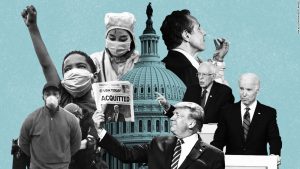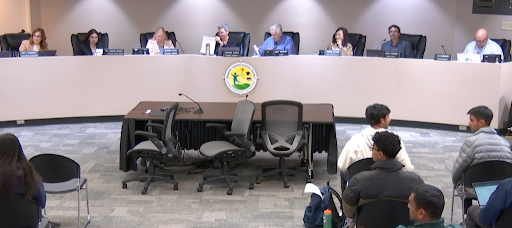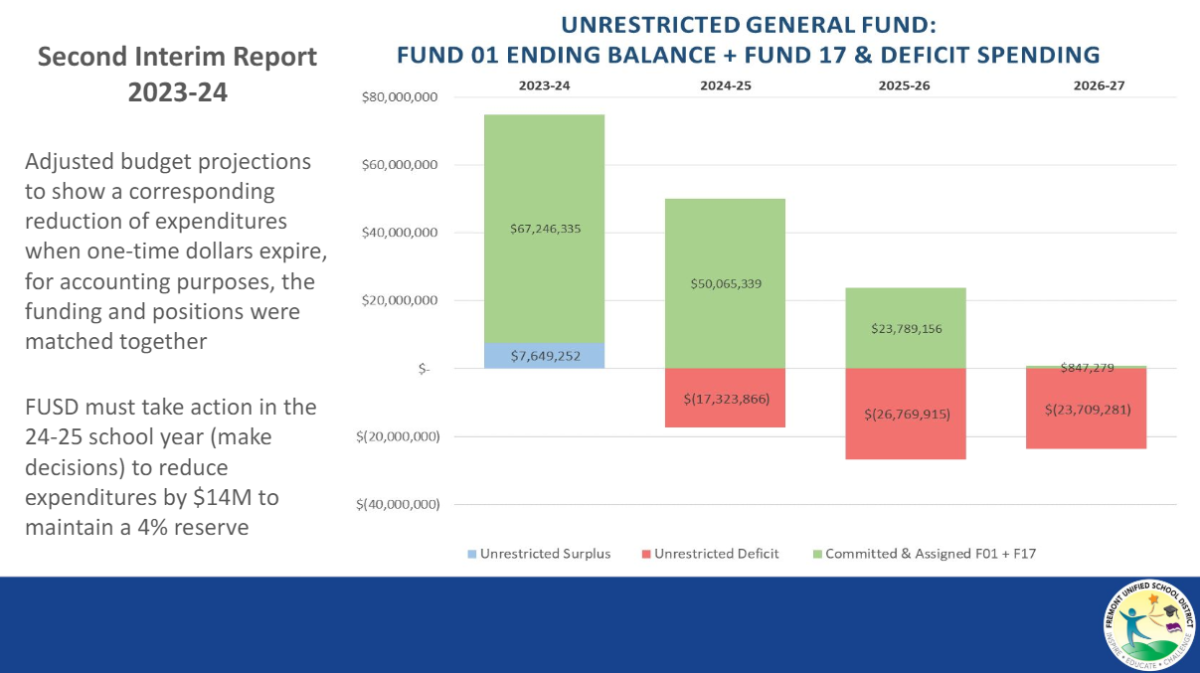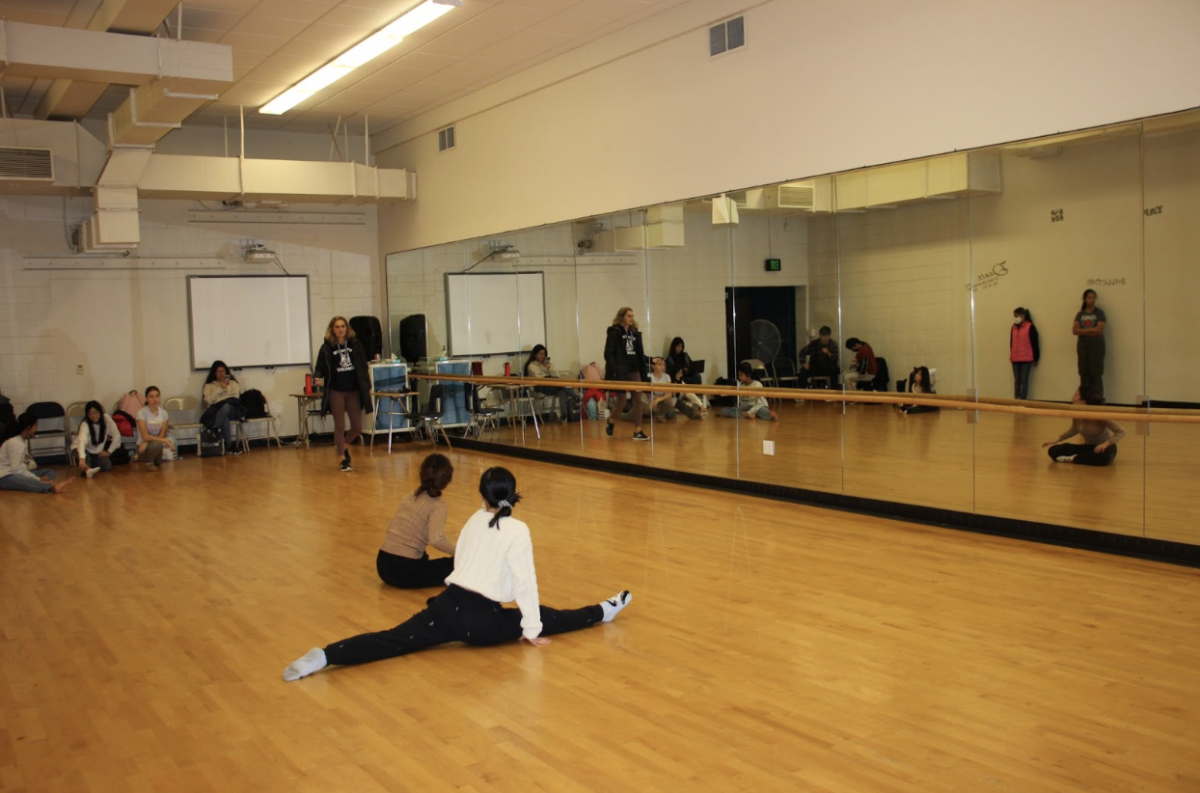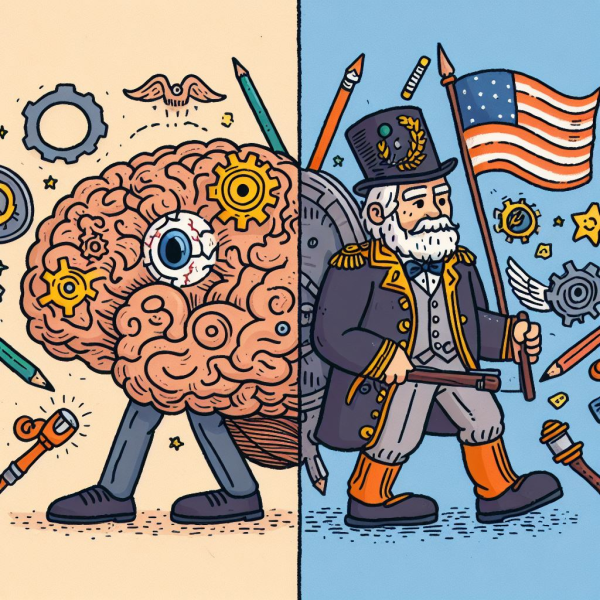2020: One of the Most Destructive Years Yet
An essential worker in the healthcare industry meets his daughter through a glass window while maintaining a safe distance to protect his family from coronavirus.
February 8, 2021
2020 was a pretty devastating year. Ranging from the Australian bushfires at the start of the decade to the explosion in Beirut that shook the world, last year felt like a decade’s worst moments were packed into one. Not to mention riots exploded in Delhi over the Citizen Amendment Act, a U.S. drone strike at the Baghdad International Airport killed the Iranian general Qasem Soleimani, and the World Health Organization reported six new cases of Ebola since preceding years. However, the defining feature of 2020 is the pandemic that started to spread around the globe early January, and infected 83 million people worldwide by December 31, 2020, according to John Hopkins University.
The COVID-19 outbreak has taken the world by storm and numbers grew at staggering rates each month in 2020. NPR reports that the U.S. ranks highest in both its total reported case count of near 25 million and its death toll of over 420,000. China, where COVID-19 had originated, managed to contain the spread of the coronavirus, along with South Korea and Vietnam, thanks to federal government protocols that limited public gatherings and promulgated social distancing measures. However, even despite severe precautions, all countries were ravaged to some extent.
Arguably, the most heartbreaking impact the coronavirus has had is on the healthcare industry. Both private and public forms of healthcare suffered as hospitals were overtaxed with patients and the number of people who needed acute care skyrocketed. In addition, as increasingly more people became unemployed, location-based practices dwindled and providers in concentrated rural regions were laid off. This heavily impacted both the economy and the livelihood of such previous employees because they significantly relied on their income to provide basic food and supplies for their families.
On the front lines, nurses, practitioners, and physicians spent countless days and nights working in designated highly contagious zones. As thousands laid sick in hospital beds, many more healthcare workers put others’ lives before their own, occasionally even fighting to save the life of a patient who was infected because of their own carelessness. Furthermore, the federal government attempted, but repeatedly failed, to place rigid and time-appropriate guidelines and traveling restrictions. This lack of control, coupled with groups of Americans touting anti-mask propaganda and failure to obey social distancing guidelines, exacerbated the transmission of the virus around the country. As a result, millions got infected over weeks and the year finally came to a much-needed end, although not without reaching the grimmest single-day total in the year at 3,800 deaths.
Some may argue that the pandemic brought about unexpected benefits such as the opportunity to gain valuable insight on climate change controls and vaccine production. However, in my opinion, pandemic-induced stay-at-home orders are not the only way to control variables such as human activity. Rather, governments or controlled regions can limit public interactions for the purpose of measurement and conduct research that way. In terms of the scientific community gaining practical experience and exposure to distribution measures, we have already been doing so for countless years because of other viruses – the flu shot for the Influenza Virus and the chickenpox vaccine. Another notable plus to 2020 was immense political participation during the election, however, I would attribute this to a rise in overall civic engagement because of Generation Z. Therefore, any pros of 2020 do not outweigh the insurmountable detriments brought about by coronavirus.




